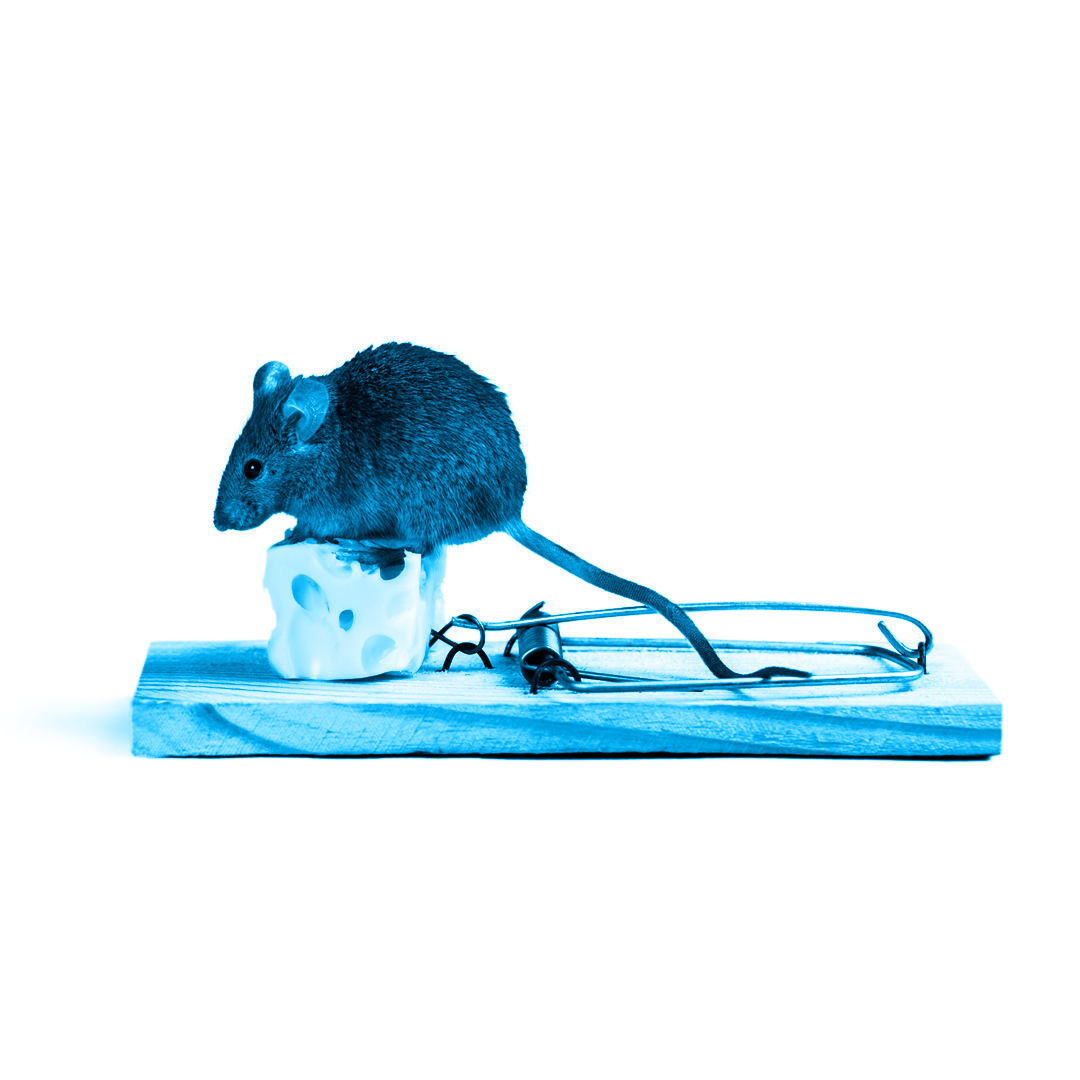Mice vs. Rats: What’s The Difference?

We know that the differences between mice and rats might seem pretty self-explanatory, but there are more distinctions between these two rodents than you’d expect. And when you’re facing a rodent infestation, knowing how to properly identify what you’re up against is key to understanding how to solve a pest problem.
Physical Differences
While both mice and rats may look similar, they have varying physical characteristics that you can use to help determine what type of pest you might have.
Mice
Size: 12-20cm (4.75-7.80 inches) from nose to tail
Weight: 12-30 grams (0.42-1.05 oz)
Head Shape:
- Smaller heads in proportion to their body
- Have a more triangular-shaped face
- Bigger ears relative to their head
- Long whiskers
Color/Fur:
- White, brown, or grey
- Commonly have a darker toned belly
Tail:
- Long, thin, hairy tails
- Characterized as smooth
Droppings:
- Smaller but are more pointed
- Around 4-7mm long
- Produces 40-100 droppings per day
Rats
Size: 16-40cm (6.30-15.75 inches) from nose to tail
Weight: 1 pound on average
Head Shape:
- Larger head in proportion to their body
- Small ears relative to their head
- Blunt snout
Color/Fur:
- White, brown, grey, or black
- Leave grease marks on the surfaces they touch due to oily fur
Tail:
- Long tails that are generally hairless
- Scaly rings
Droppings:
- Larger and tend to have more rounded ends
- 7-19mm long
- Produce 20-50 droppings per day
Dietary Differences
Rodents, in general, are opportunistic omnivores, but the two species do have some food preferences. Mice are more likely to eat plants and grains, while rats prefer foods with higher moisture content, such as fruits. Knowing this can help with baiting traps for these pests. A good middle-ground for bait is peanut butter; mice and rats love it. Plus, peanut butter is easy to apply and lasts for several days.
Behavioral Differences
Mice and rats share many behavioral similarities, such as being nocturnal, timid, and territorial with other rodents. However, mice tend to be more curious about their surroundings. They’ll often explore items that are newly introduced in their environment. This natural sense of curiosity is what makes mice somewhat easier to trap. With rats, they are much tougher to catch because they are very cautious and avoidant by nature. This trait makes rats less inclined to interact with changes in their environment or along their desired paths.
These two rodents also have different behaviors when it comes to making shelter. Mice build dome-shaped nests out of scavenged material such as vegetation, paper, etc. Nests are often close to food sources and tend to be located in undisturbed areas both indoors and outdoors. Rats are more nomadic and burrow under buildings and natural structures to build their nests.
Damage Potential Differences
Both of these pests are capable of creating a lot of damage to homes and buildings. Mice and rats will gnaw on soft material, such as wood and wiring which poses a fire hazard. However, rats have significantly stronger teeth. They can chew through harder materials like aluminum, glass, sheet metal, and even cinder blocks.
How Kness Can Help With Mice And Rat Problems
Now you know what type of rodent is lurking around, it’s time to take care of the problem with effective traps. That’s where Kness Pest Defense can help. For over 95 years, Kness has been at the forefront of making pest and rodent trapping solutions that get the job done.
For mice, Kness makes the following traps:
Get rid of rats with these Kness pest solutions:
For more helpful pest tips and solutions, visit Kness.com/Pest-Control-Center.